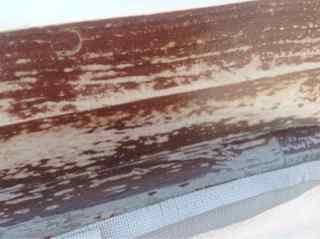jbuck
Veteran Member
A question about stripping teak.
I've started stripping the old teak rails and saloon doors with a heat gun and scraper. It works well but it doesn't come completely off. I then started sanding to get off the remaining patches.
As I sand (80 grit) the dust gets into the teak and colours it so its difficult to see when I've removed the last bits of varnish. I want to sand as little as possible so would like to know when to stop.
What is the best way to then clean the teak before the new finish goes on?
Does anyone have advice to give me on this? I'll be starting this seriously in May when I go back for 8 days.
I've started stripping the old teak rails and saloon doors with a heat gun and scraper. It works well but it doesn't come completely off. I then started sanding to get off the remaining patches.
As I sand (80 grit) the dust gets into the teak and colours it so its difficult to see when I've removed the last bits of varnish. I want to sand as little as possible so would like to know when to stop.
What is the best way to then clean the teak before the new finish goes on?
Does anyone have advice to give me on this? I'll be starting this seriously in May when I go back for 8 days.






 I gotta use the I pad side of the site...ouch...
I gotta use the I pad side of the site...ouch...

